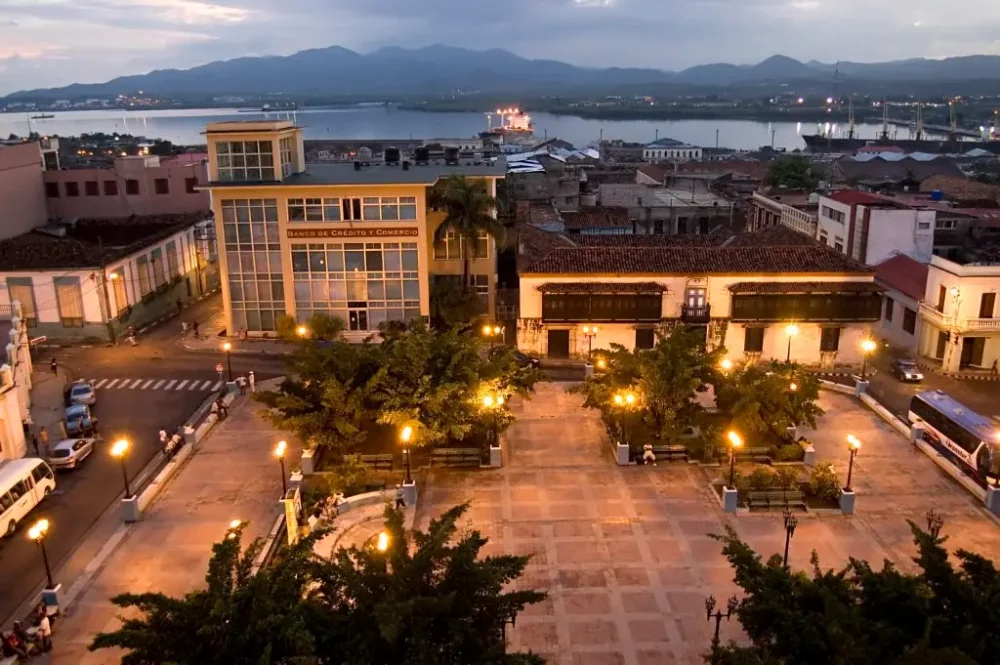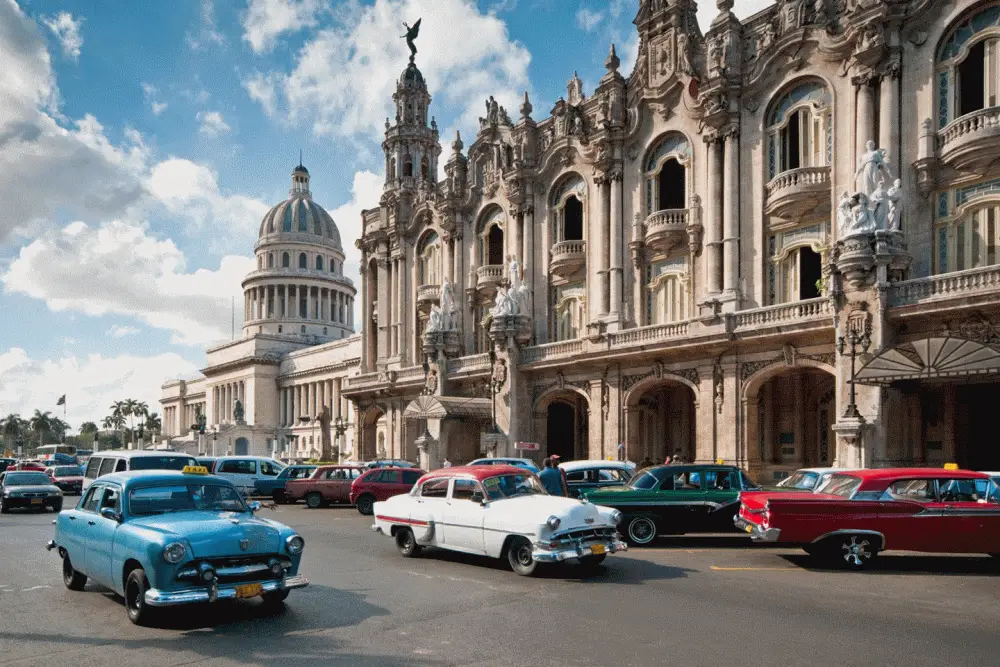Preparation for a trip begins with proper planning. A country with bright sun, unstable infrastructure, and warm climate requires a precise understanding of how to pack a suitcase for vacation in order to avoid inconveniences related to weather, lack of familiar goods, and logistics within the island.
Preparations include not only organizing clothing and footwear but also a set of medical supplies, cash in the required currency, and sun protection accessories.

How to pack a suitcase for vacation: a checklist of what to take
A trip to Cuba usually includes beach relaxation, city walks, and possible visits to natural areas. In this case, it is especially important to carefully plan the packing structure.
A modular approach — dividing the suitcase by usage zones — allows you to quickly find the necessary item without unpacking the entire luggage. Harmoniously selected categories and even weight distribution eliminate clutter and overload. What should be in the main luggage:
- light dresses, linen trousers, and cotton long-sleeve shirts;
- two pairs of shoes — closed for walks and open for the beach;
- high protection sunscreen, SPF lip balm, and insect repellent spray;
- headwear, sunglasses, and a thin shoulder scarf;
- set of underwear and socks for each day;
- swimsuit and beach towel;
- chargers, adapter for Cuban sockets, and power bank;
- antiseptic, wet wipes, and deodorant;
- euros or dollars in small bills.
This set is suitable for basic vacation conditions and ensures resilience to the region’s weather and everyday features.
Cuba’s Climate: What to Consider When Packing
The tropical weather in Cuba means high humidity, sudden downpours, intense sun, and frequent temperature fluctuations in air-conditioned spaces. Packing should include clothing made of natural fabrics, light but sun-protective.
It is especially important to consider the specifics of transitioning between beach, city, and evening activities. Understanding how to pack a suitcase for vacation allows for comfortable adaptation to changes.
Adapting to Local Infrastructure Features
In Cuba, many common goods are hard to find. Tourists often face the absence of basic items: from painkillers to sunscreen. Therefore, it is important to plan the kit in advance when packing.
A rational vacation luggage will prevent unpleasant surprises, especially in the provinces. Having everything necessary at hand gives a sense of control and autonomy, which is important for a traveler planning movements around the island.
Cash and Sun Protection: Key Aspects of the Trip
Money and skin protection are crucial elements directly related to the question of how to pack a suitcase for vacation. Card payments in Cuba are limited, and exchange is possible only at certain points. Euros are exchanged more favorably than dollars, and local currency is not accepted everywhere. Sufficient cash reserves should be planned, and a reliable storage method chosen — waist wallets, hidden pockets, or separated bills in bags.
The sun in Cuba is aggressive, especially around noon. Without protection, it is easy to get sunburn even on a cloudy day. Closed clothing, sunglasses, high SPF sunscreen, and lip balm are essential parts of the luggage.
How to Pack a Suitcase for Vacation to Avoid Overloading?
Excess baggage weight is one of the most common problems during trips. To avoid it, weight should be distributed in advance and several practical solutions applied.
One of them is a hack on redistributing items into carry-on luggage by moving some heavy items (e.g., electronics or shoes) into the carry-on. Also, wearing the bulkiest items on the plane saves space in the main suitcase.
How to Compactly Pack a First Aid Kit for Travel?
Finding common medicines in Cuba is difficult, especially outside tourist areas. The first aid kit should be carefully assembled and packed smartly. Packaging should be minimized, cardboard removed, and medications labeled in advance.
The first aid kit should be airtight, compact, and take up minimal space. It should ideally include antipyretic, pain reliever, remedies for digestive issues, hygiene wipes, and antiseptics. When deciding how to pack a suitcase for vacation, this minimal medical kit becomes an important preparation element, especially in hot climates and with unfamiliar cuisine.
What to Include in Carry-On for Safety and Convenience?
Carry-on luggage is not just a backup set in case of main luggage loss but also a way to ensure basic comfort at the airport and during layovers. For those learning how to pack a suitcase for vacation, it is important to consider the functionality of carry-on luggage. The following items should be included in carry-on, especially for long flights:
- passport, insurance printout, tickets, and reservations;
- medical mask, antiseptic, and eye drops;
- handkerchief, t-shirt, socks, and spare underwear;
- tablet, charger, headphones, universal cable;
- first aid kit with essential medications;
- credit card, some cash, and passport copy;
- dry snacks, nuts, or energy bars;
- travel pillow, earplugs, and sleep mask.
This list will allow you to be independent of the main luggage and comfortably spend time on the road.
Footwear and Clothing
The weather in Cuba is changeable: a sunny morning can quickly turn into rain. It is important not only to equip your wardrobe but also to plan a logical sequence of clothing for each day. The question of how to pack a suitcase for vacation in this context becomes a matter of adaptation!
It’s better to take versatile items that can be mixed and matched. Daytime outfits and evening ensembles should be considered, especially when the temperature noticeably drops in the evening.
How many pairs of shoes to take on the trip? Two to three pairs should be enough. Footwear should be practical — closed sandals or sneakers that can withstand sand, rain, and long walks.
Organizing Space Inside the Suitcase: Packing Tips
To prevent items from wrinkling and mixing, packing should be divided into categories. Cosmetics go in a separate airtight compartment, shoes in bags, and underwear in compression packs. Using organizers or textile cubes helps save space.
Clear organization is a key element! Applying such an approach helps avoid clutter and simplifies access to items.

Conclusion
Understanding how to pack a suitcase for vacation, especially in the case of Cuba, requires careful preparation. In a hot climate, with limited availability of goods and internal logistics peculiarities, proper luggage composition becomes not just a convenience but a necessity.
A harmonious combination of light clothing, sun protection, medical supplies, and well-thought-out carry-on luggage ensures comfort and peace of mind throughout the trip. The more precisely the suitcase is packed, the fewer problems during the journey!
 en
en  ar
ar  de
de  es
es  fr
fr  nl
nl  hi
hi  it
it  pt
pt  el
el 



